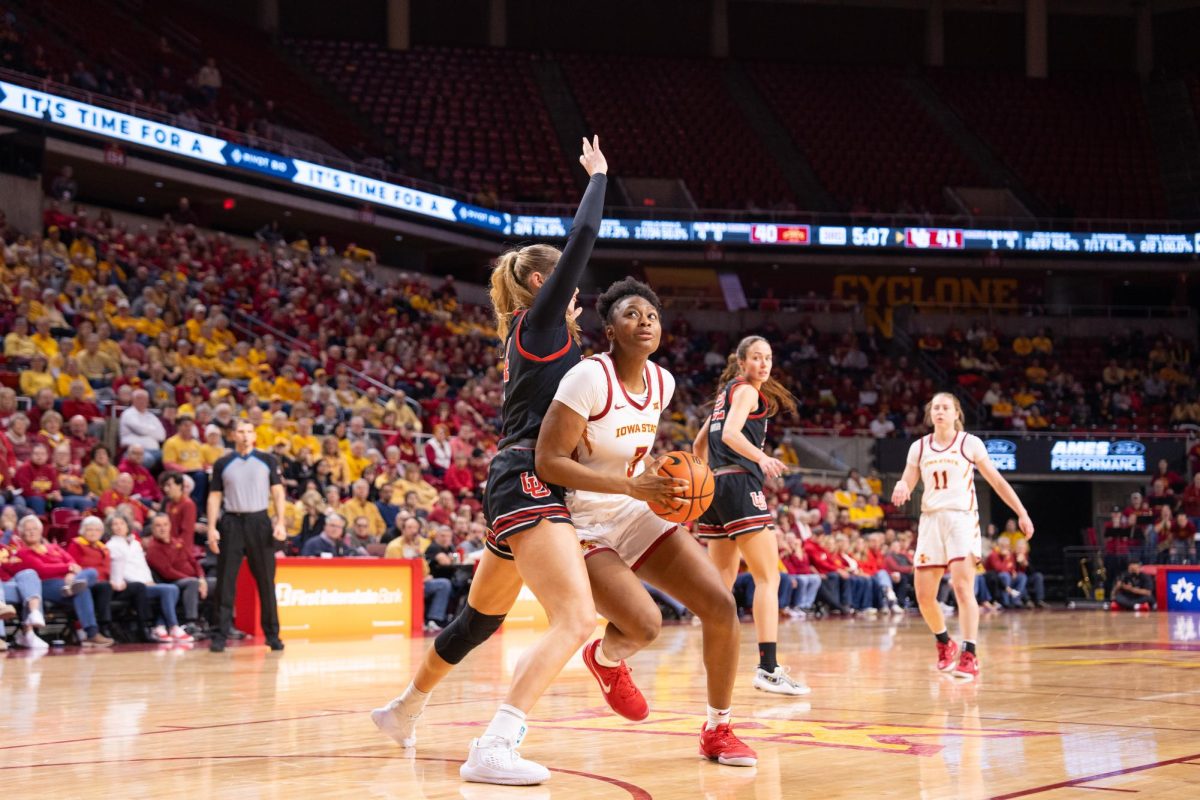ISU receives record donations
July 10, 2000
Five years ago, Iowa State embarked on an ambitious fund-raising drive called “Campaign Destiny: To Become the Best.”
The end result: The university surpassed its original goal of $300 million, accepting more than $458 million in gifts.
The five-year project didn’t just break school fund-raising records.
Numerous buildings, scholarships and academic successes can be attributed to Campaign Destiny, which was the brainchild of ISU President Martin Jischke and Vice President for External Affairs Murrary Blackwelder.
Eight of the top 10 largest gifts received in university history and four of the top 10 largest gifts to an institution of higher education in the state of Iowa took place during Campaign Destiny.
Since Jischke is leaving for Purdue University in West Lafayette, Ind., in August, some members of the ISU community have called Campaign Destiny one of the greatest achievements of the president’s career.
Jischke himself said many people should be credited with making the campaign a great accomplishment.
“The efforts of many individuals made Campaign Destiny an absolutely extraordinary success, and the biggest beneficiaries of this success are Iowa State’s students,” he said.
Tom Mitchell, president of the ISU Foundation, agreed that students and faculty will reap the benefits of Campaign Destiny.
“Students are now able to learn in a new environment with state-of-the-art equipment. Our goal is to be equal or ahead of the curve when it comes to latest technology,” he said. “We want students learning the way that they will eventually work when they graduate.”
Some of the projects the campaign has helped finance include the development of Reiman Gardens, the expansion of Jack Trice Stadium, the Engineering Teaching and Research Complex, the Palmer Human Development and Family Studies buildings, Howe Hall and the Kocimski Auditorium in the College of Design.
Future projects aided by the campaign include the Gerdin Business Building, Honors Building, 4-H/Extension Youth Building and the Carver Co-Laboratory for the Plant Sciences Institute.
And although more than $103 million from the campaign has gone toward undergraduate and graduate scholarship programs, the campaign’s earnings aren’t just helping today’s students, Mitchell said.
“We can already see that when we offer scholarships and show them the new equipment and buildings, students are impressed with the quality of ISU,” Mitchell said. “It clearly helps with recruiting.”
Jischke also said the scholarships and buildings are actively used to bring students to Iowa State.
“The millions raised for scholarships increases the opportunities for students to pursue college degrees, while money for new buildings, programs and professorships greatly enhances the quality of undergraduate and graduate education at Iowa State,” he said.
Campaign Destiny was launched in September 1996 after ISU administrators visited with students and faculty members to determine their needs, Mitchell said.
“[Jischke and Blackwelder] had a vision that ISU could be strengthened if this type of campaign could take place,” he said.






